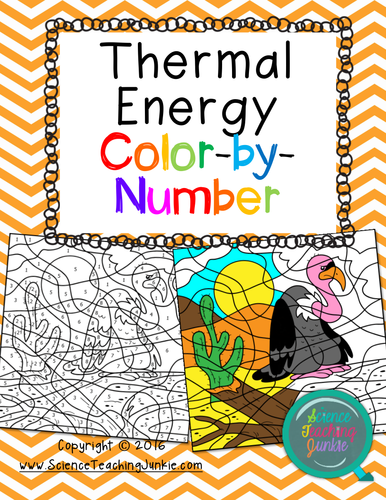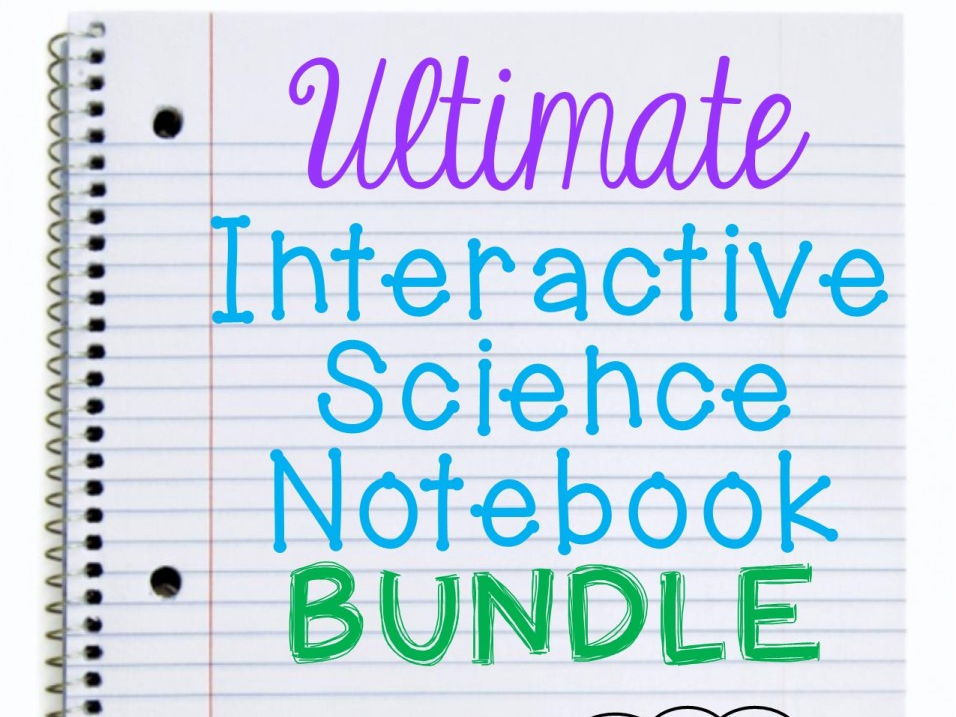
52Uploads
36k+Views
974Downloads
Physics

Changes to Land: Weathering, Erosion, and Deposition Color-by-Number
This product is a color-by-number activity that allows students to answer questions and complete statements related to the weathering, erosion, and deposition. And YES- even secondary students love to color!
This could be used as a quick assessment, a homework assignment, extra credit, or for early finishers.
© Science Teaching Junkie. Terms of Use - this resource is for use by one teacher only. Additional teachers must purchase their own license. If you are interested in purchasing several licenses, please contact me for a district-wide or campus-wide quote. ScienceTeachingJunkie@yahoo.com

Calculating Work Task Cards
This PDF includes 32 task cards that allow teachers to assess their students' knowledge of calculating work and recognizing that simple machines make work easier (please see the extensive list of content that is covered below). A student answer sheet and teacher answer key are provided. An editable task card is included so that you can add your own task card question or task.
The following content/topics are included:
•definition of work
•recognizing that in order for work to be done, the object must move in the direction of the force applied
•calculating work when given the work equation
•simple machines make work easier, but they do not decrease the total amount of work
•the effect of distance increasing and force decreasing
•spring scale is the tool used to measure force
•using data tables to determine people who are performing the same amount of work
•examples of work being done
•definitions for force, distance, work, Joule (or Newton-meter)
•how a simple machine, such as an inclined plane (ramp on a moving truck), effects work and the amount of force needed to move a box into the truck
© Science Teaching Junkie, Inc. Terms of Use - this resource is for use by one teacher only. Additional teachers must purchase their own license. If you are interested in purchasing several licenses, please contact me for a district-wide or campus-wide quote. This product should NOT be posted on any website. ScienceTeachingJunkie@yahoo.com

Thermal Energy: Methods of Heat Transfer Color-by-Number TEKS 6.9A & TEKS 6.9B
This product is a color-by-number activity that allows students to answer various questions relating to the 3 methods of heat transfer (conduction, convection, and radiation). And YES- even secondary students love to color!
This product is great for assessing the following standards:
TEKS 6.9A Investigate methods of thermal energy transfer, including conduction, convection, and radiation.
TEKS 6.9B Verify through investigations that thermal energy moves in a predictable pattern from warmer to cooler until all the substances attain the same temperature such as an ice cube melting.
There are 8 different questions with 3 possible answer choices each. Each answer choice corresponds to a different color. If all of the correct answer choices are chosen, then their final picture will be colored correctly to reflect complete mastery of the content.
To be successful with this activity, students should be able to:
•understand the 3 methods of thermal energy transfer: conduction, convection, and radiation
•know the predictable pattern in which heat travels (from warmer to cooler until all substances attain the same temperature)
This could be used as a quick assessment, a homework assignment, additional practice, extra credit, or for early finishers. These are also great for days when you have to be out of the classroom - a sub can easily take over this lesson!
If you like this activity,
©2016 Science Teaching Junkie, Inc. Terms of Use - this resource is for use by one teacher only. Additional teachers must purchase their own license. If you are interested in purchasing several licenses, please contact me for a district-wide or campus-wide quote. This product should NOT be posted on any website. ScienceTeachingJunkie@yahoo.com
Bundle

Daily Science Starters for Middle School - The WHOLE Bundle!
This product includes all 4 of my Daily Science Starters bundled together to save you money! By purchasing all 4 as a bundle you save almost 15%!!
They are aligned with the middle school TEKS, so students are sure to be exposed to all content required in the middle grades and you can rest assured that they will be prepared for the state standardized assessment.
Each Science Starter student printable comes four to a page, saving you paper and ink. Each Starter also includes a teacher version that can be used to project the questions and/or answers for all students to see.
© Science Teaching Junkie. Terms of Use - this resource is for use by one teacher only. Additional teachers must purchase their own license. If you are interested in purchasing several licenses, please contact me for a district-wide or campus-wide quote. ScienceTeachingJunkie@yahoo.com





